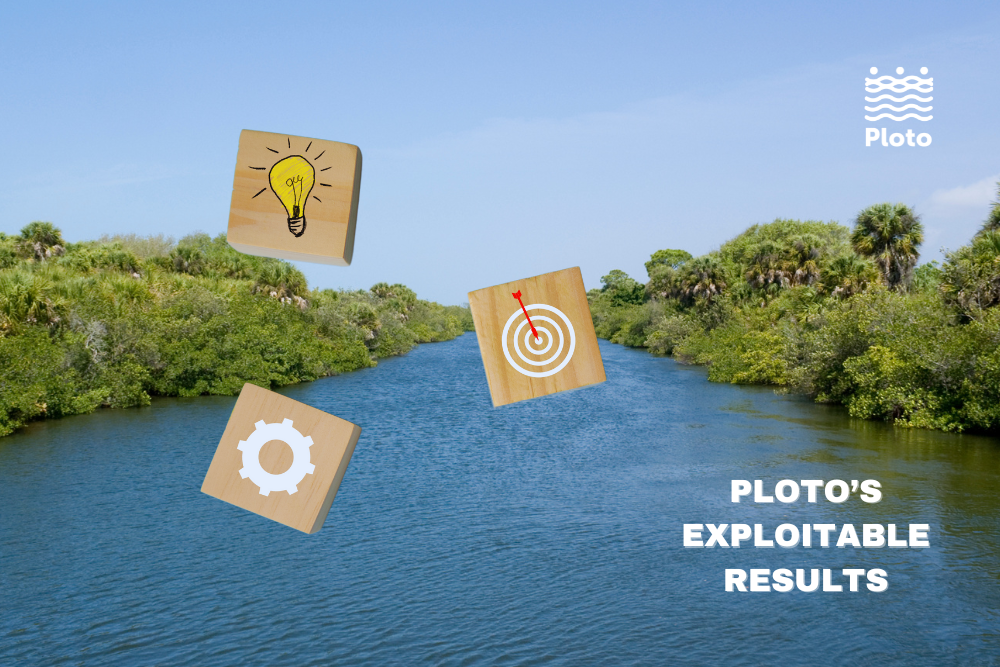In today’s world of increasing climatic unpredictability, inland waterways (IWW) hold an essential position as ecological and economic hubs that are highly vulnerable to extreme events. In this article, we explain an Exploitable Result of PLOTO project (ER3), which focuses on integrating multisensor data to assess risks and damages in IWWs. This approach is associated to improving the resilience of the relevant transport infrastructure.
The Imperative of Resilience in IWWs
Climate-induced disruptions present compounded risks to inland waterway systems, central conduits in transportation, commerce, and environmental equilibrium. Given the erratic meteorological events exacerbated by climate change, such as intensified flood regimes and prolonged droughts, safeguarding these vital channels necessitates an evolved paradigm in risk quantification, resilience appraisal, and hazard impact assessment.
Assessing Risks Through High-Resolution Models
Accurate risk assessment in inland waterways (IWWs) requires the use of sophisticated modeling algorithms that can capture both temporal and spatial variables. These models simulate the cascading effects across various domains, including navigational integrity and water quality metrics. As a result, they may help allocate resources for adaptation and mitigation measures.
The PLOTO Paradigm: A Multispectral Approach
PLOTO integrates downscaled climatic projections with sophisticated simulation algorithms and real-time data analytics. This confluence furnishes stakeholders with a robust decision-support mechanism, operable at both strategic and operational dimensions.
ER3: The Nexus of Multisensor Data Integration
PLOTO’s ER3 system emphasizes the importance of combining data by gathering information from multiple sources, including sensors on unmanned aerial vehicles (UAVs), stationary land-based platforms, and boats. By integrating optical and environmental sensor data, this approach enables quick and informed decision-making, even in urgent situations and emergencies.
Expanding the Horizon: Satellite and UAV Synergy
PLOTO’s forthcoming module, embedded within a portable Ground Control Station (GCS), is engineered to provide multi-satellite reception and drone operationality. This functionality augments situational awareness by incorporating orbital and aerial intelligence tailored to specific monitoring requisites.
Rapid Deployment as a Force Multiplier
The module’s key feature is its ability to quickly deploy, providing high-fidelity data for real-time risk assessment and damage evaluation. This accelerates decision-making, allowing for timely and optimized intervention.
Conclusion
PLOTO’s multispectral risk assessment and monitoring, supported by Augmenting Resilience Through Technological Convergence, is a significant step towards ensuring the sustainability of inland waterways. By combining advanced computational tools with data integration methodologies, we are not only preparing for future climatic challenges but also strengthening the sustainable management of these invaluable water systems.
Written by Alexios Pagkozidis, Research & Innovation Manager, and Dimitrios Diagourtas Managing Director at Satways Ltd.




